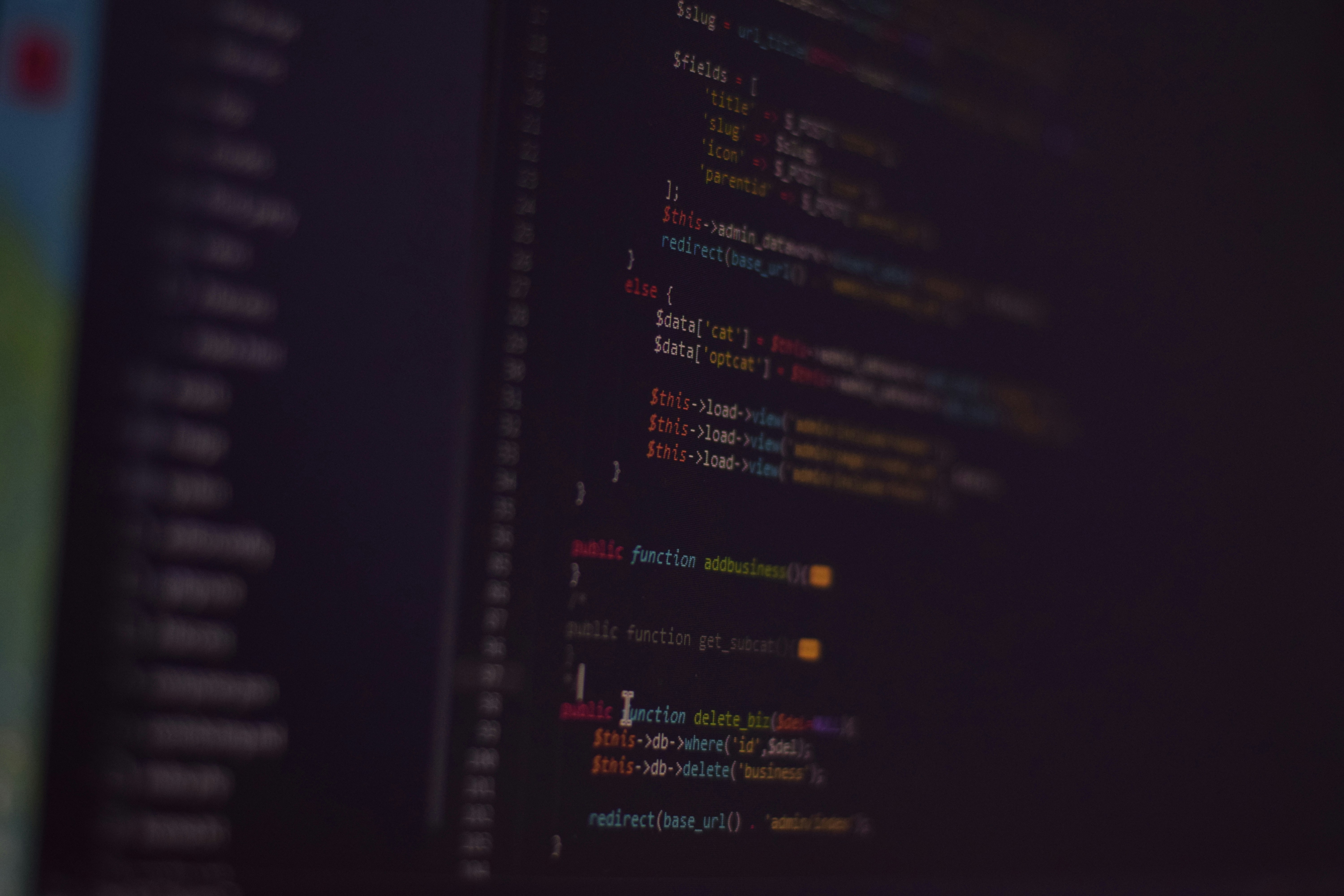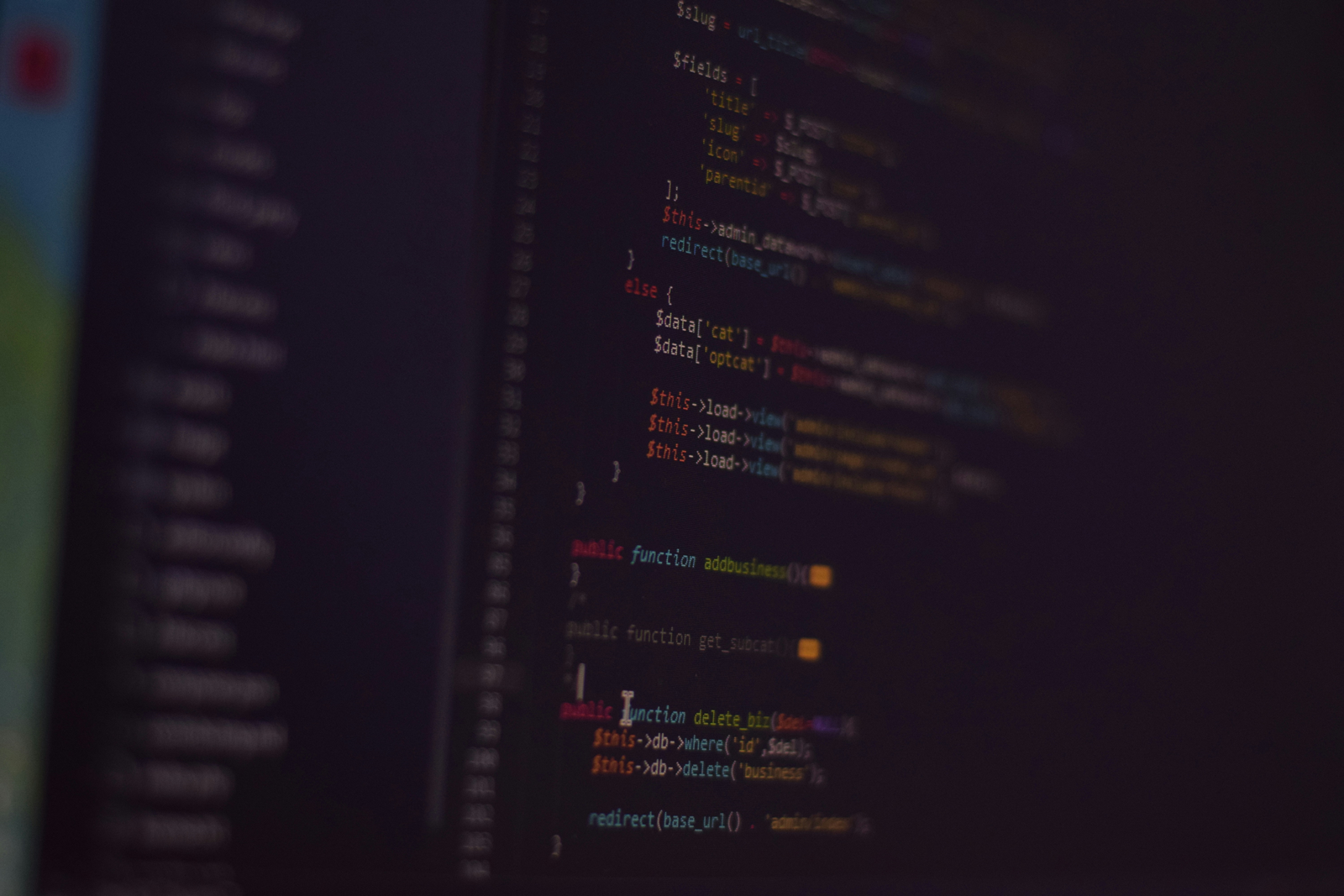
Understanding the Basics of Programming Languages
Programming languages serve as the foundational tools that allow humans to communicate with computers and create software applications. At their core, these languages are designed to convey instructions in a format that machines can understand and execute. Each programming language has a specific syntax and set of rules that govern how these instructions are structured. The primary purpose of programming languages is to enable developers to write code that can perform various tasks, ranging from simple calculations to complex algorithm implementations.
There are two main categories of programming languages: high-level and low-level languages. High-level languages, such as Python, Java, and Ruby, are designed to be easily readable and understandable by humans. They abstract the complexity of the underlying hardware, allowing developers to focus more on problem-solving and logic rather than intricate machine-level details. On the other hand, low-level languages, like Assembly and C, provide a closer interface to machine code. While they offer greater control over hardware performance and memory management, they also require a more in-depth understanding of computer architecture, making them less user-friendly for beginners.
Common characteristics that define programming languages include syntax, semantics, and pragmatics. Syntax pertains to the set of rules governing the structure of code, whereas semantics refers to the meaning behind those code statements. Pragmatics encompasses the practical aspects of writing and using a programming language in real-world situations. The fundamental concepts of variables, data types, control structures, and functions are prevalent across most programming languages, making it easier for learners to transition from one language to another. Through understanding these basic concepts, beginners can build a strong foundation for their programming journey and effectively utilize these languages in various applications.
Choosing the Right Programming Language for You
Selecting the appropriate programming language can significantly impact your journey in the tech industry. With a plethora of options available, it’s essential to consider your goals, interests, and career aspirations when making this decision. The first step in this process is to evaluate the specific field of technology that piques your interest. For instance, if you are leaning towards web development, JavaScript, along with HTML and CSS, would be foundational. Alternatively, data science enthusiasts may find Python to be an indispensable tool due to its vast libraries and simple syntax.
Another critical factor to consider is the job market demand for various programming languages. According to recent trends, languages like Python, Java, and JavaScript are consistently listed among the most sought-after skills by employers. The versatility of Python makes it applicable in various areas, including data analysis, machine learning, and automation. Java remains a staple for enterprise-level applications and is widely used in Android development. Meanwhile, JavaScript is the backbone of web development, allowing for dynamic and interactive functionality on websites.
Additionally, personal preferences play a vital role in choosing a programming language. Each language has its unique syntax and paradigm, which can cater to different learning styles and preferences. For example, if you enjoy object-oriented programming, C++ could be a suitable choice, as it allows for complex data structures and software design patterns. Conversely, for a more straightforward and beginner-friendly entry into programming, Python is often recommended.
When weighing these aspects, it is crucial to conduct thorough research and consider what aligns best with your career objectives. Exploring various programming languages through projects or online courses can provide insight into what suits you best, ultimately guiding you towards a successful career in technology.
Resources and Tools for Learning Programming Languages
Learning programming languages effectively requires the right resources and tools. A wide range of online courses is available, allowing learners to gain practical knowledge at their own pace. Platforms such as Coursera, edX, and Udacity provide comprehensive courses on popular programming languages like Python, Java, and JavaScript, often taught by industry experts. These courses typically include lectures, assignments, and sometimes even projects to foster hands-on learning.
Interactive coding platforms, such as Codecademy, LeetCode, and freeCodeCamp, play a pivotal role in the learning process. These platforms enable learners to write code directly within the browser and receive instant feedback on their solutions. They often offer exercises and challenges that cater to various skill levels, thereby accommodating both beginners and advanced users. Such interactive methods make the learning experience engaging and effective.
In addition to online courses and coding platforms, traditional resources such as well-regarded books and tutorials can further support the learning journey. Titles like “Automate the Boring Stuff with Python” for beginners or “Clean Code” for more advanced practitioners provide invaluable insights into coding practices and languages. Websites like W3Schools and MDN Web Docs also offer extensive documentation and tutorials, covering different programming languages and their intricacies.
Moreover, joining programming communities and forums is instrumental in a programmer’s learning path. Platforms like Stack Overflow, Reddit, and GitHub allow aspiring coders to connect with others, seek assistance, and share knowledge. Such networks foster an environment of collaboration, where learners can engage, ask questions, and participate in discussions around programming topics.
Hands-on practice is crucial in learning programming languages. Beginners are encouraged to undertake small projects, such as building a personal website or developing a simple application, to apply their knowledge practically. This approach not only solidifies understanding but also cultivates problem-solving skills and confidence in coding.
Tips for Mastering Programming Languages
Achieving proficiency in a programming language requires dedication, consistency, and a structured approach. One of the most effective strategies for mastering programming languages is to maintain consistent practice. Daily coding, even if it’s just for a short duration, can significantly enhance skill acquisition and retention. Establishing a routine allows learners to build momentum and gradually overcome challenges that come with learning new syntax and concepts.
Setting achievable learning goals is essential in steering your programming journey. Break down your broader objectives into smaller, manageable tasks. For instance, if you plan to learn a new language, start with basic syntax and gradually proceed to more complex topics like data structures or algorithms. Tracking progress not only keeps motivation high but also enables learners to recognize their achievements over time.
Engaging in coding challenges can also accelerate the learning process. Platforms such as LeetCode, Codewars, or HackerRank provide a variety of problems that help in honing problem-solving skills and applying theoretical knowledge in practical scenarios. Regular participation in these challenges encourages critical thinking and promotes a deeper understanding of programming concepts.
Collaboration is another vital aspect of mastering programming languages. Participating in collaborative projects or contributing to open-source software enhances not only coding skills but also teamwork and communication abilities, which are crucial in professional programming environments. Through collaboration, learners can gain exposure to different coding styles and methodologies, enriching their overall understanding.
The realm of programming is constantly evolving, making continuous learning imperative. Staying updated with emerging trends, tools, and best practices can significantly influence a programmer’s effectiveness. Following reputable blogs, attending workshops, and joining programming communities can provide valuable resources for ongoing education. By adopting these strategies, anyone can pave their path toward becoming a competent programmer in their chosen language.

